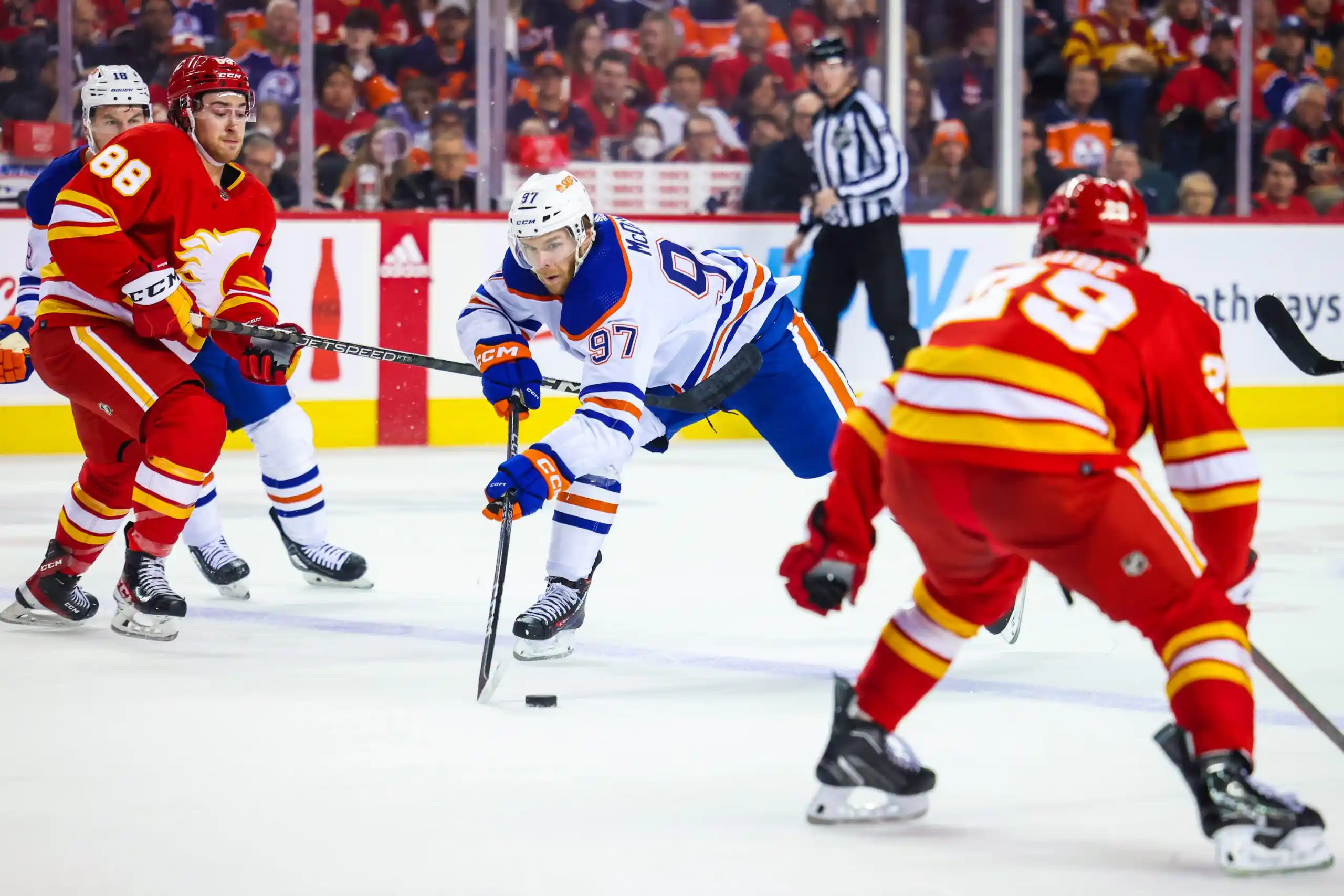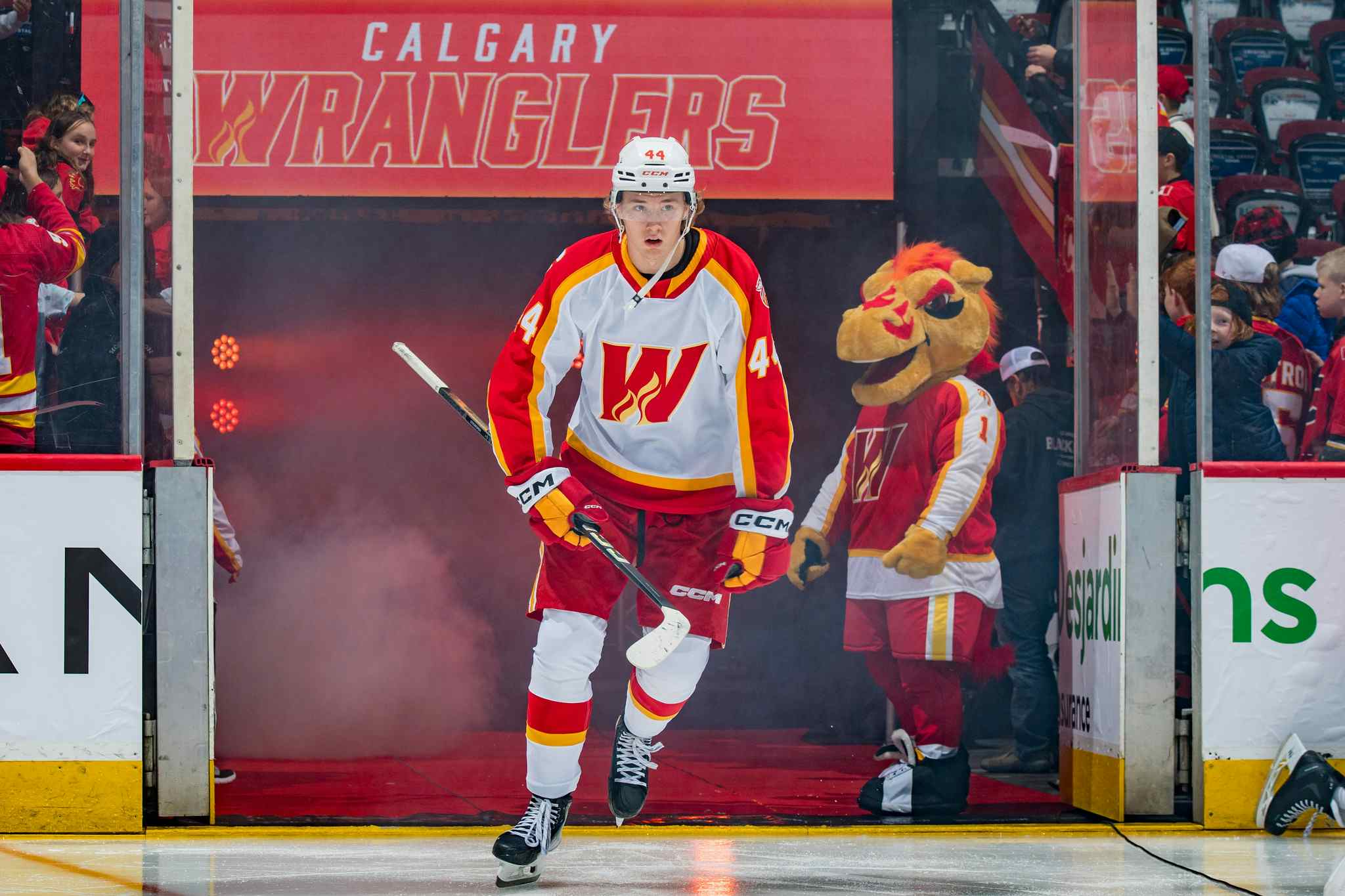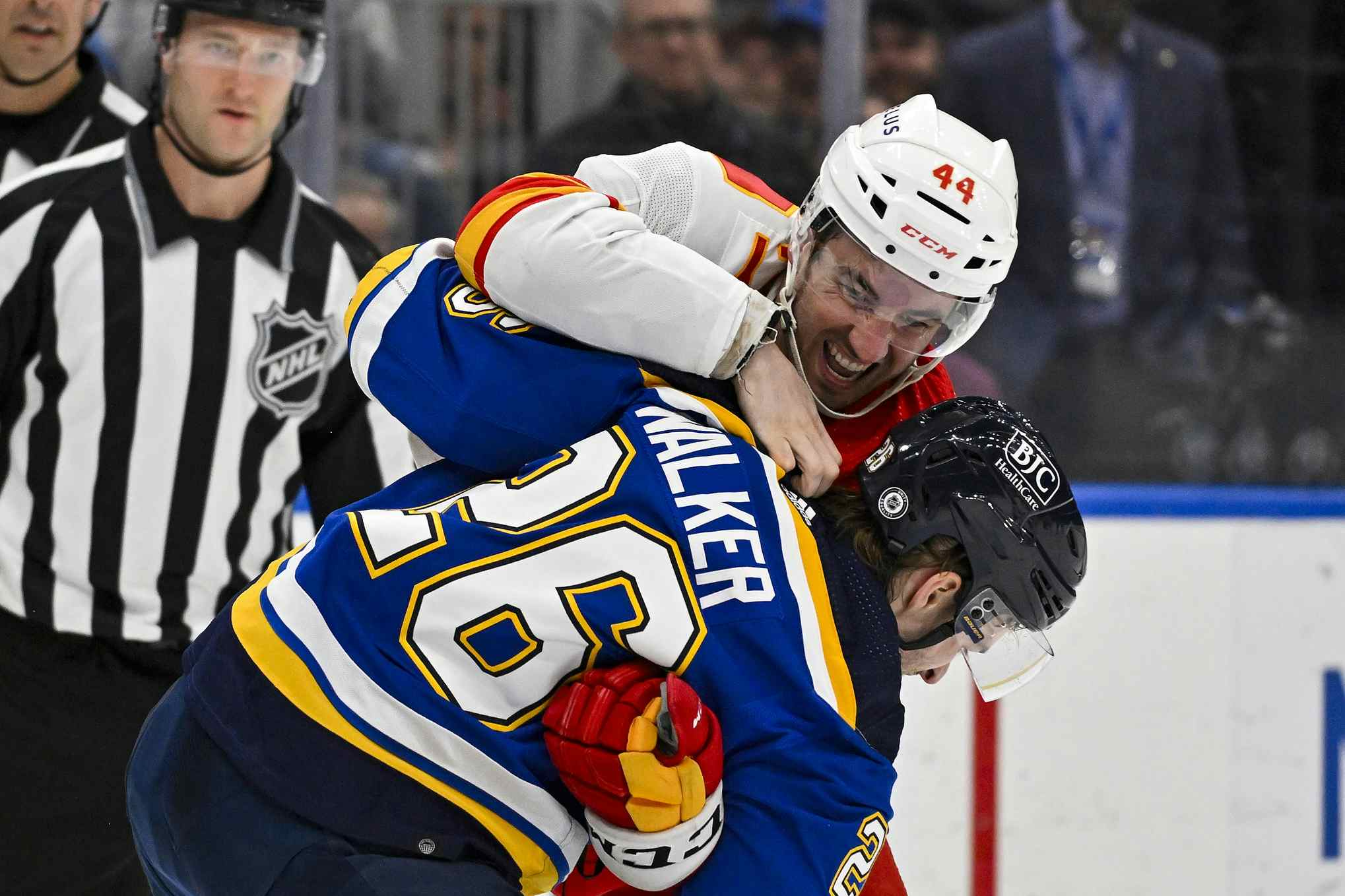Black Box: Special Teams

Every Monday we’ll be producing a statistical summary of the Flames, starting with an OZQoC chart to describe each player’s role and put their stats into context, followed by their even-strength data, and finally the piece being described today – their performance on the special teams.
The purpose of the weekly Black Box is to provide a running statistical snapshots of the Flames as the season progresses, in the clearest and least confusing way possible for everyone. The tables will be accompanied by some interpretive analysis, but in most cases you can’t read too much into the data without spinning off into a separate and more detailed examination. Nowhere is that more true than with special teams data, owing to its unusual and infrequent nature. In fact, we’ll limit ourselves to 5-on-4 play only, to avoid skewing the numbers with even more unusual and infrequent situations.
Power Play
We’ll focus on the three most important power play statistics: who is playing, how much they’re scoring, and how well the team is doing when they’re on the ice.
There are many reasons why a player may get more power play ice-time than he deserves. Perhaps better players have injuries, are being saved for even-strength or penalty killing duty, or simply have their skills overrated by the coaching staff. That being said, the better players generally get more playing time.
Despite the importance of playing time, in the spirit of even-strength data we’ll rank players based on how well the team does when they’re on the ice. To determine the team’s performance, we’ll remain consistent with the even-strength tables and use Corsi-based data – all attempted shots (goals, saves, missed nets and blocked shots).
It’s possible a player’s CE/60 (Corsi Events per 60 minutes) is being skewed by playing with particularly good or bad linemates, or against particularly good or bad penalty-killing opponents, and there’s a long-standing debate about whether players consistently generate on-ice shots of different qualities, but over-all this has proven the most reliable way of determining whether a unit is effective at generating offense with the man advantage.
While it may be the most interesting part of the table, a player’s scoring level is actually the least important part, because it is so highly dependent on luck and bounces over the small sample sizes we’ll be studying. Generally PTS/60 will go hand-in-hand with CE/60, but a player has far greater control in his ability to generate shots than the ability for them to actually go in.
We won’t split up the forwards and the defensemen, since the roles sometimes get blurry when playing with the man advantage, with key forwards occasionally working the point, and large defensemen occasionally playing in the Holmstrom position – directly in front of the opposing goalie. Hopefully not facing the goalie, though (that would be the Avery position).
Player TOI/GP PTS/60 CE/60 Brendan Morrison 2.3 4.7 95.3 Tim Jackman 0.8 2.9 94.7 Olli Jokinen 3.0 5.2 93.4 Clay Wilson 2.7 1.5 92.6 Chris Butler 1.2 1.0 90.9 Rene Bourque 2.9 3.7 86.4 Mark Giordano 3.4 4.1 85.6 Jarome Iginla 3.8 4.6 84.9 Jay Bouwmeester 2.7 2.1 84.6 Niklas Hagman 1.7 4.0 84.6 David Moss 1.5 4.2 83.9 Anton Babchuk 2.5 4.2 83.8 Alex Tanguay 3.5 3.3 83.8 Matt Stajan 1.1 0.8 78.1 Curtis Glencross 1.2 3.3 76.3 Lee Stempniak 1.8 2.4 74.1 Mikael Backlund 0.6 5.4 65.9
Those at the top of the list are those who are most effective at generating offense with the man advantage, like Brendan Morrison and the much-maligned Olli Jokinen, whereas those at the bottom are the ones that normally cause the crowd to yell SHOOOOOT.
Always keep an eye on playing time so you can see how the numbers might be getting skewed by a few lucky bounces over a small sample, and when you notice a big difference between a player’s scoring and the team’s Corsi rate, you can generally expect their fortune to change.
Penalty Killing
While it’s nice to have pressure on an opponent’s power play squad, it’s not as important to keep track of scoring when studying short-handed data. In the on-going effort to promote clarity and reduce confusion by presenting as little data as possible to paint the picture, we’ll include just the time on the ice and how well the team does at preventing shots with each player on the ice.
This time we’ll rank it by playing time, because those getting more playing time are typically also the ones getting the toughest assignments, which generally inflates the number of attempted shots the opponents are generating.
There can be a big gap between each team’s top power play lines and the secondary units, making it somewhat unfair to compare the likes of Jay Bouwmeester and Scott Hannan to Mark Giordano and Cory Sarich (though you do have to admire how great their numbers are).
Bear in mind that the players at the bottom are usually ones that come in at the end of a penalty when all the real penalty killers are exhausted.
Player TOI/GP CE/60 Jay Bouwmeester 3.2 101.1 Scott Hannan 2.6 90.4 Curtis Glencross 2.3 85.0 Mark Giordano 2.1 71.6 Brendan Morrison 1.9 86.7 Cory Sarich 1.8 66.0 Tom Kostopoulos 1.7 100.3 David Moss 1.6 87.4 Alex Tanguay 1.2 110.9 Brendan Mikkelson 1.2 103.8 Rene Bourque 1.1 80.4 Chris Butler 1.0 111.3 Mikael Backlund 0.9 77.5 Matt Stajan 0.7 92.1 Brett Carson 0.6 93.6 Steve Staios 0.6 80.2 Stefan Meyer 0.5 93.0 Anton Babchuk 0.5 76.8
When you’re watching a game, remember that the best penalty killers can keep the opponents to three attempted shots or less – so count along.
Feedback
Nothing is written in stone, either now or as the season progresses. If you have suggestions on how to improve the clarity of these efforts, either by using different statistics or presenting them in a different format, please be generous with them. On the other hand, if you have suggestions on my personal grooming, feel free to be a little more stingy with them.
Next week we’ll take a quick look at how the goaltenders will be covered, and then we’ll get started!
Recent articles from Robert Vollman





